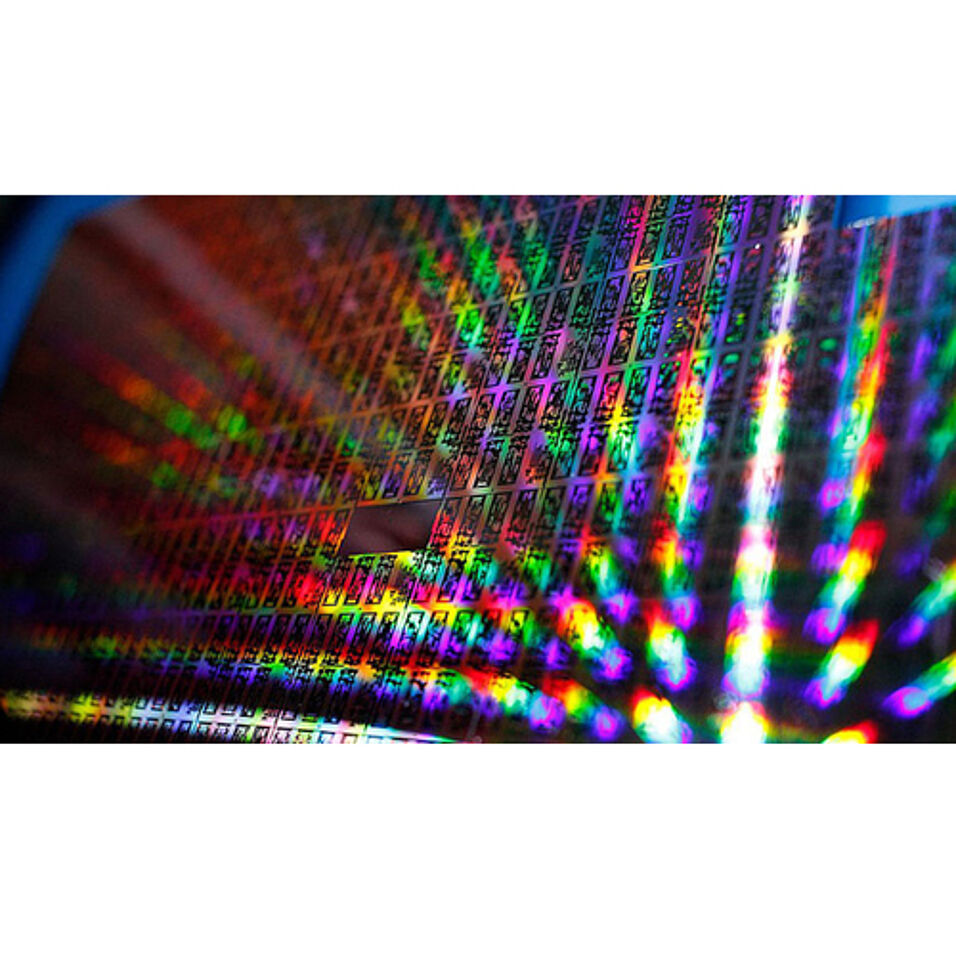Quantum communication is recognised as one of the pillars for the second quantum revolution thanks to its unique potential for information-theoretical data security. Turning this promise into tangible assets depends however, on the availability of high-performance, compact and cost-effective modules for practical implementations. The Horizon-2020 project “UNIQORN – Affordable Quantum Communication for Everyone: Revolutionizing the Quantum Ecosystem from Fabrication to Application” was selected for funding by the European Commission within the first call of the H2020 Quantum Flagship. UNIQORN’s goal is to link innovative yet user-oriented research on the quantum frontier with near-future exploitation of early prototype components and system-on-chip implementations in a growing market with vast potential. The project kick-off took place in October 2018.
UNIQORN’s mission is to provide the enabling photonic technology to accommodate quantum communications, by integrating complex systems, which are presently found on metre-size breadboards, into millimetre-size chips. These systems will not only reduce size and cost, but will also bring improvements in terms of robustness and reproducibility.
UNIQORN will be coordinated by Hannes Hübel, scientist and quantum expert at AIT Austrian Institute of Technology. “There is no doubt that this project will help to bridge the Quantum Divide” he says. “By offering cost-optimized quantum technology that follows a similar success story to microelectronics, not only governments and big organisations but also the general public will benefit from the offerings of the Quantum Age.”
As a 3-year project UNIQORN will develop the key components for quantum communication systems such as true random number generation and secure-key distribution. This includes specialized optical sources and detector technology, which will be realized on mainstream fabrication platforms – similar to those used for the mass fabrication of microelectronics. System-on-chip integration will be an essential part of the research work and will lead to highly miniaturized quantum-optic systems that will unleash the potential of quantum mechanical features such as entanglement and light squeezing. The opto-electronic technology and assembly processes involved have been carefully selected in terms of cost efficiency to deliver ultimate performance for the practical field deployment of quantum technology in the near future.
UNIQORN will make the ambitious leap from quantum “fabrication” to quantum “application” as it evaluates its cutting-edge technology in novel protocols such as one-time programs or oblivious transfer. This will one day enable a wider range of end-users to exploit the power of quantum computing. Experimental activities will include real-world testing in smart-city environments in tandem with a wide range of telecommunication applications.
The UNIQORN consortium with 17 partners from 9 European countries to address the multi-disciplinary research agenda is led by AIT Austrian Institute of Technology as the project coordinator and the Institute of Computer and Communication Systems Athens as the technical manager. Further partners include research & technology organizations (Fraunhofer HHI, imec) with extensive experience in turning basic science into applicable assets will work together with quantum engineers with strong roots in theory and experimentation (University of Vienna, Paderborn University, University of Innsbruck, Technical University of Denmark). Photonic and electronic design, integration and packaging activities will be supported by experts in the field (Eindhoven University of Technology, Micro-Photon-Devices, Politecnico Milano, SMART Photonics, VPI Photonics, Cordon Electronics). The industrial end-user perspective will be provided through a system vendor, Mellanox, and operator, Cosmote, whilst field evaluation activities will be conducted in the live smart-city test-bed run by the University of Bristol.
About the Quantum Flagship
The Quantum Flagship was launched in 2018 as one of the largest and most ambitious research initiatives of the European Union. With a budget of €1 billion over 10 years, the flagship brings together research institutions, academia, industry, enterprises, and policy makers, in a joint and collaborative initiative on an unprecedented scale. The main objective of the Flagship is to consolidate and expand European scientific leadership and excellence in this research area as well as to transfer quantum physics research from the lab to the market by means of commercial applications and disruptive technologies. With over 5000 researchers from academia and industry involved in this initiative throughout its lifetime, it aims to create the next generation of disruptive technologies that will impact Europe’s society, placing the region as a worldwide knowledge-based industry and technological leader in this field.
Further information:

